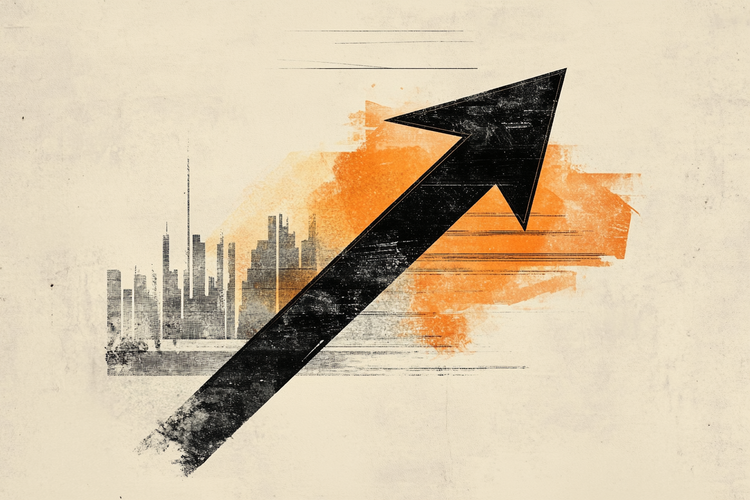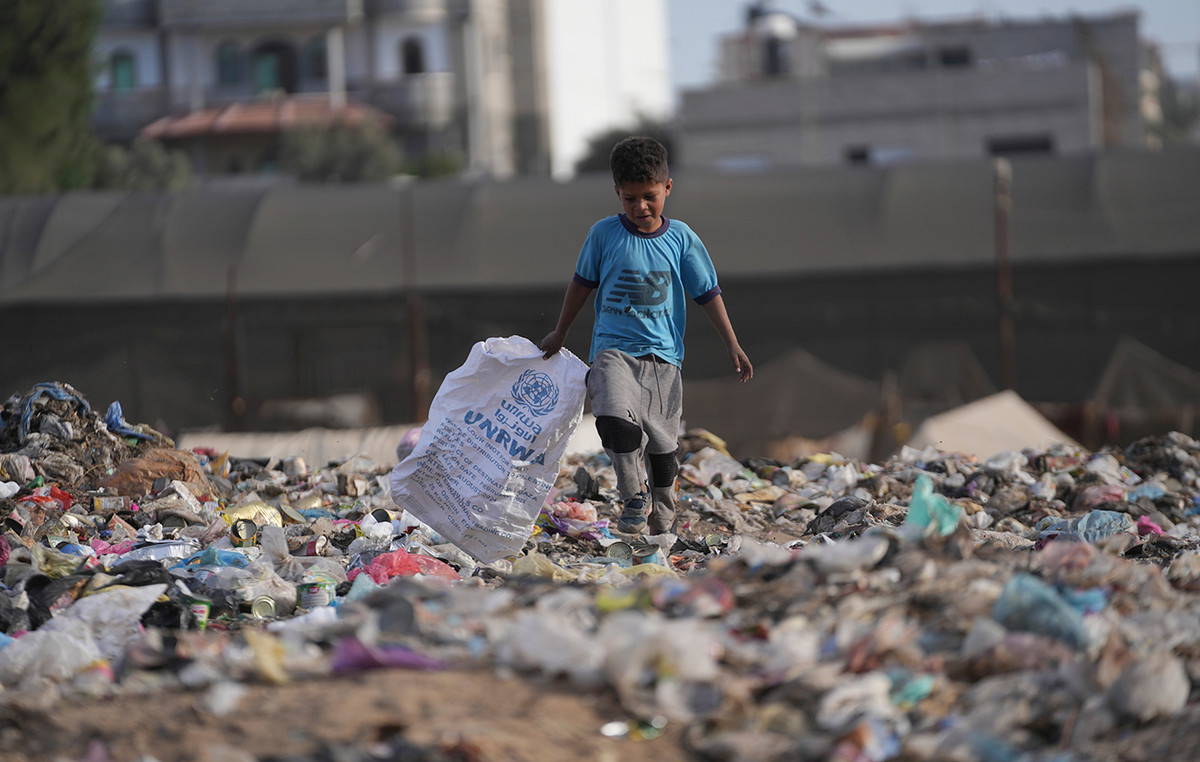the dollar dollar fell 0.37%, quoted at R$ 5,114, around 9:23 am this Wednesday (11), as the market reflects the Broad Consumer Price Index (IPCA ) of April and awaits the release of the US Consumer Price Index (CPI).
The IPCA, the official measure of inflation in the central bank , decelerated from March, coming slightly above market expectations. However, the increase of 1.06% was the highest for month since 1996 . The current market projection is that the BC will make one more hike in the Selic rate in June, ending the cycle at 13.25% per year.
in the case of U.S the CPI is not the main measure of inflation accompanied by the Federal Reserve , but should give clues about the next steps in the cycle of interest rate hikes. If it indicates a spike in the inflationary process, the next rate hikes could be milder.
The Central Bank will auction up to 15,000 traditional foreign exchange swap contracts in this trading session for the purpose of rolling over the maturity date of July 1, 2022.
On Tuesday (10), the dollar fell by 0.41%, to R$ 5.134. already the Ibovespa fell 0.14%, to 103,109.94 points.
global pessimism
The most recent instigator of global risk aversion was the interest rate hike in the US , announced by the Federal Reserve on Wednesday (4). Despite discarding hikes of 0.75 pp or a risk of recession, the municipality signaled at least two more hikes of 0.5 pp
Higher interest rates in the United States attract investments for the country’s fixed income due to its high security, but it harms stock exchanges around the world, including the North American ones.
Along with a series of interest rate hikes around the world, lockdowns in china to try to contain Covid-19, projections of a strong economic slowdown are increasing, hurting markets.
The growth of exports Chinese companies slowed to single digits, the weakest level in nearly two years, while imports barely changed in April, amplifying economic concerns.
effects in the real
Returning to R$ 5, the dollar reversed part of the gains that the real obtained in the first months of the year due to a combination of factors that influenced the flow of purchase and sale of the currency.
To the CNN Brasil Business experts associated this recent appreciation to two main factors: the prospect of higher interest rate hikes in the United States and fears regarding the lockdowns established in a number of economically relevant cities in China .
Higher US interest rates tend to attract investments to the country’s Treasury bond market, drawing capital from markets considered riskier than U.S the case of Brazil.
The measures to control the spread of the Covid-19 in China, which affect cities like Shanghai and Beijing, tend to reduce the world’s second-largest economy’s demand for commodities harming its main suppliers, including Brazil, and negatively influencing the prices of these products.
Test your knowledge about the Ibovespa
Let’s start with an easy one: what is the Ibovespa?
Who is responsible for calculating the Ibovespa?
What types of assets are eligible to be listed on the Ibovespa?
Which of these is NOT a criterion for a stock to enter the Ibovespa
How many shares are currently in the Ibovespa theoretical portfolio?
How often is the Ibovespa theoretical portfolio reviewed?
What is the most important stock on the Ibovespa?
What is the smallest share on the Ibovespa?
Each Ibovespa point is equivalent to 1 real. This statement is
What is the historical record for closing the Ibovespa?
Try again!
Tip: follow CNN Business to understand more about Ibovespa
Nice job!
You know a lot about the Ibovespa, but you could know a little more
Sensational!
Congratulations! Are you an Ibovespa expert?
*With information from Reuters
Source: CNN Brasil
I am Sophia william, author of World Stock Market. I have a degree in journalism from the University of Missouri and I have worked as a reporter for several news websites. I have a passion for writing and informing people about the latest news and events happening in the world. I strive to be accurate and unbiased in my reporting, and I hope to provide readers with valuable information that they can use to make informed decisions.







